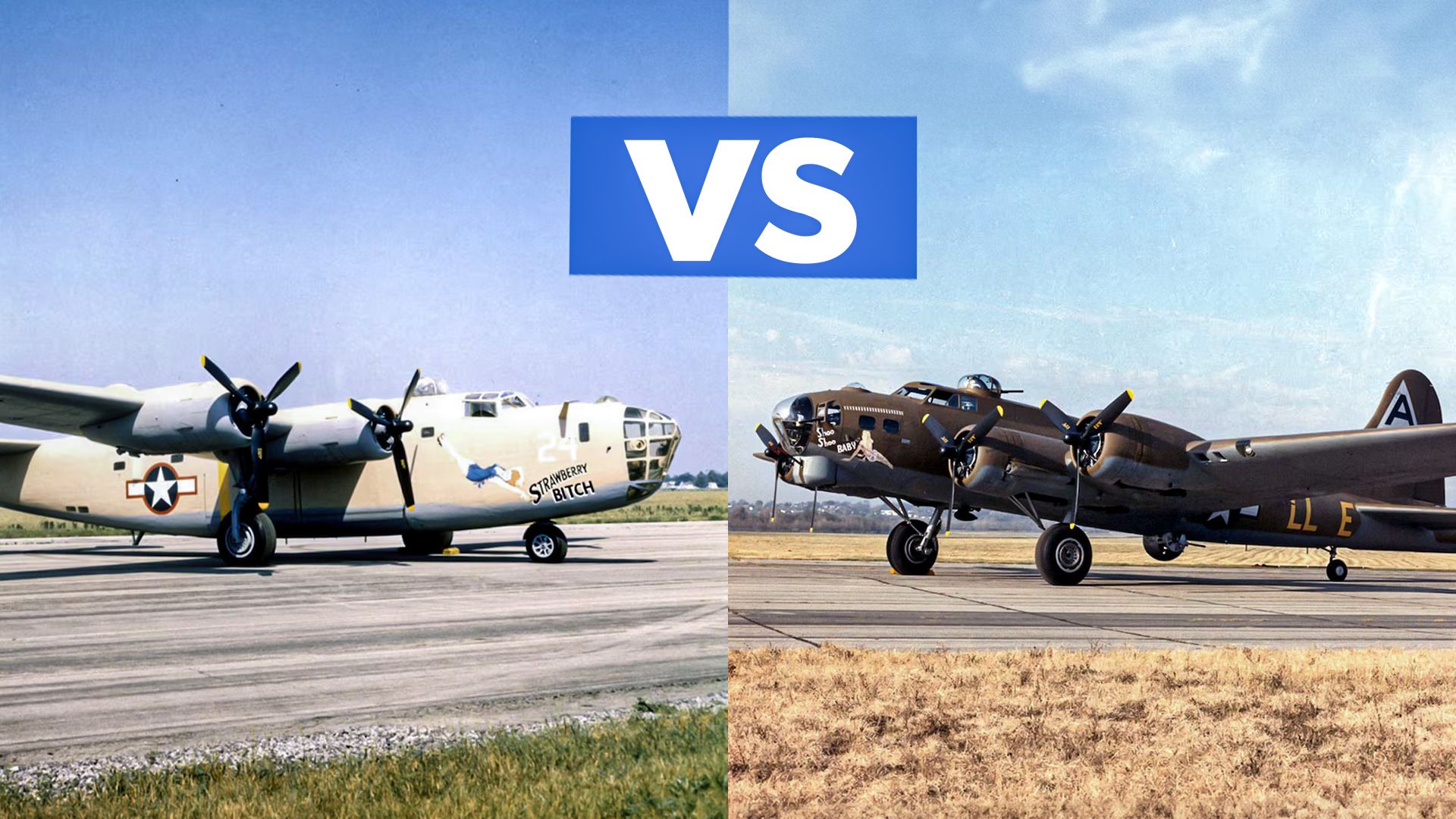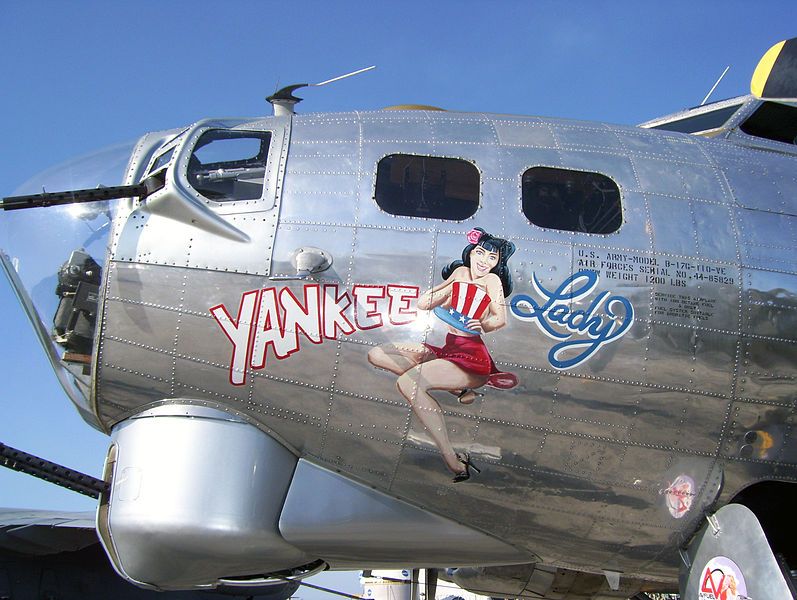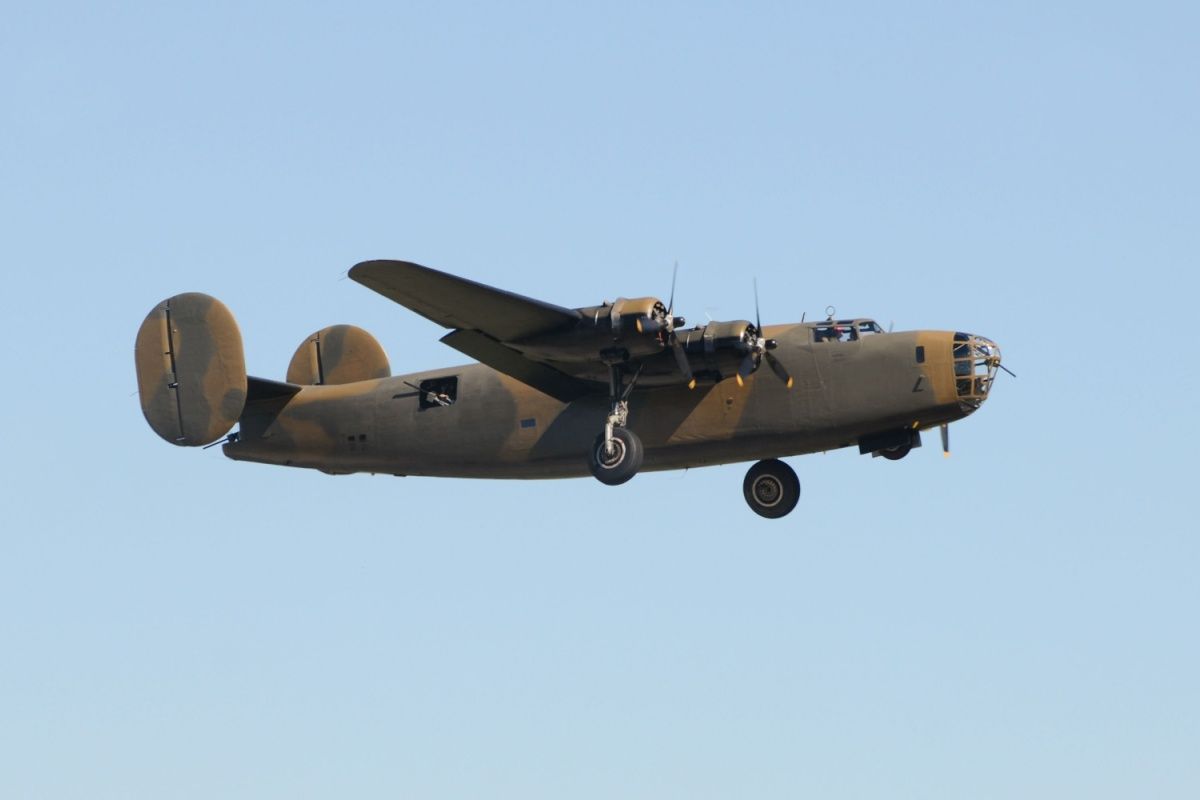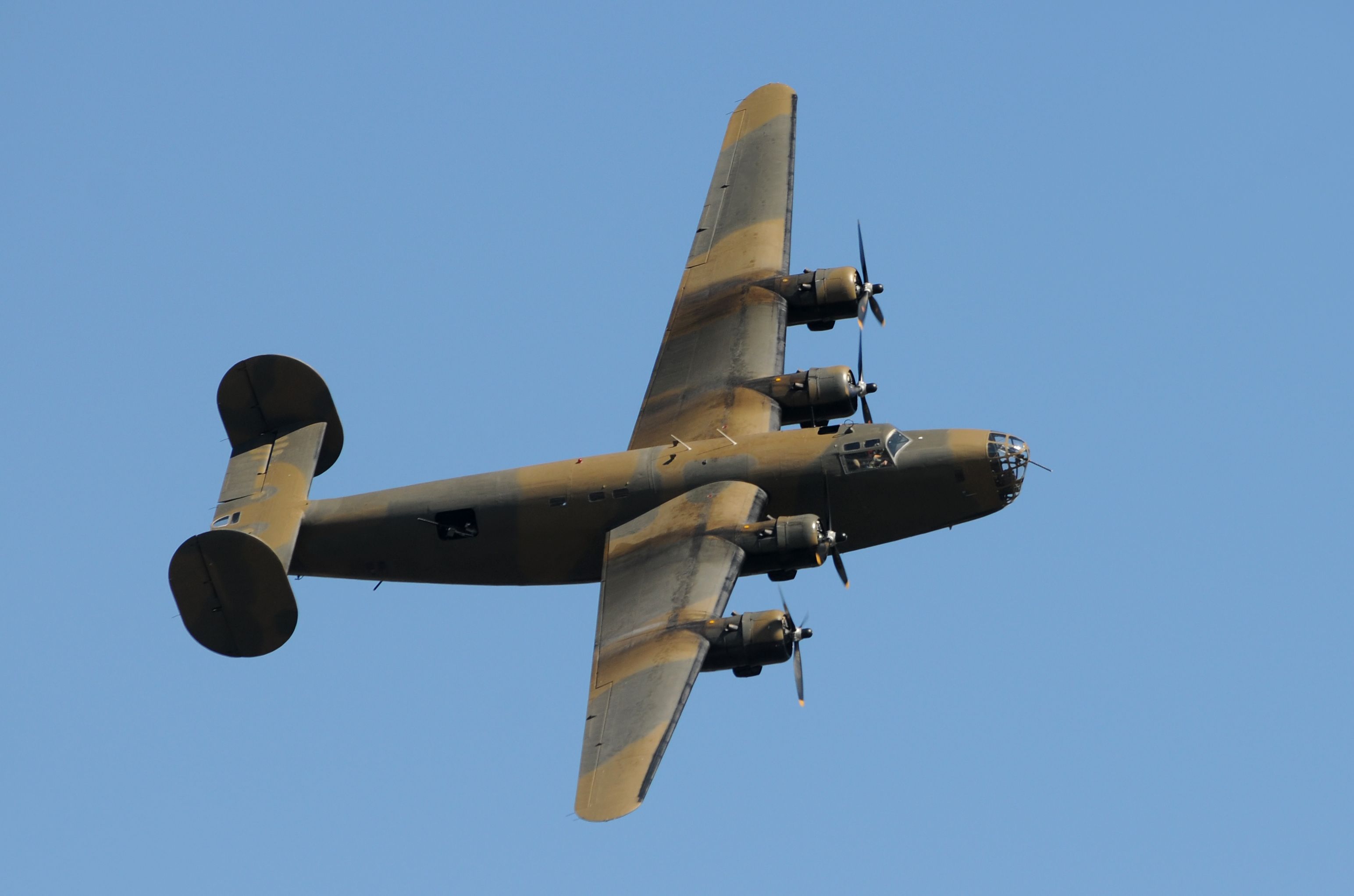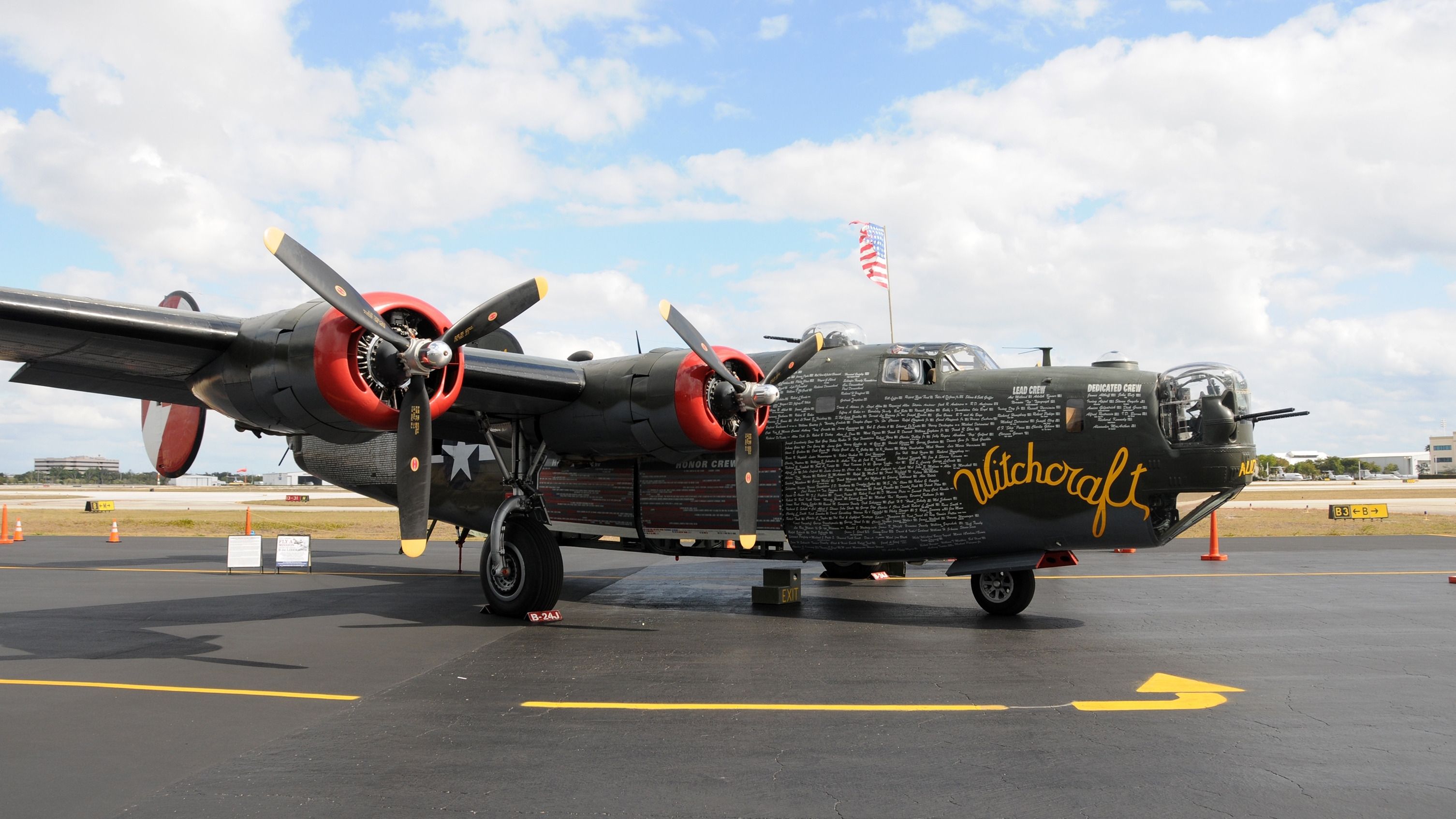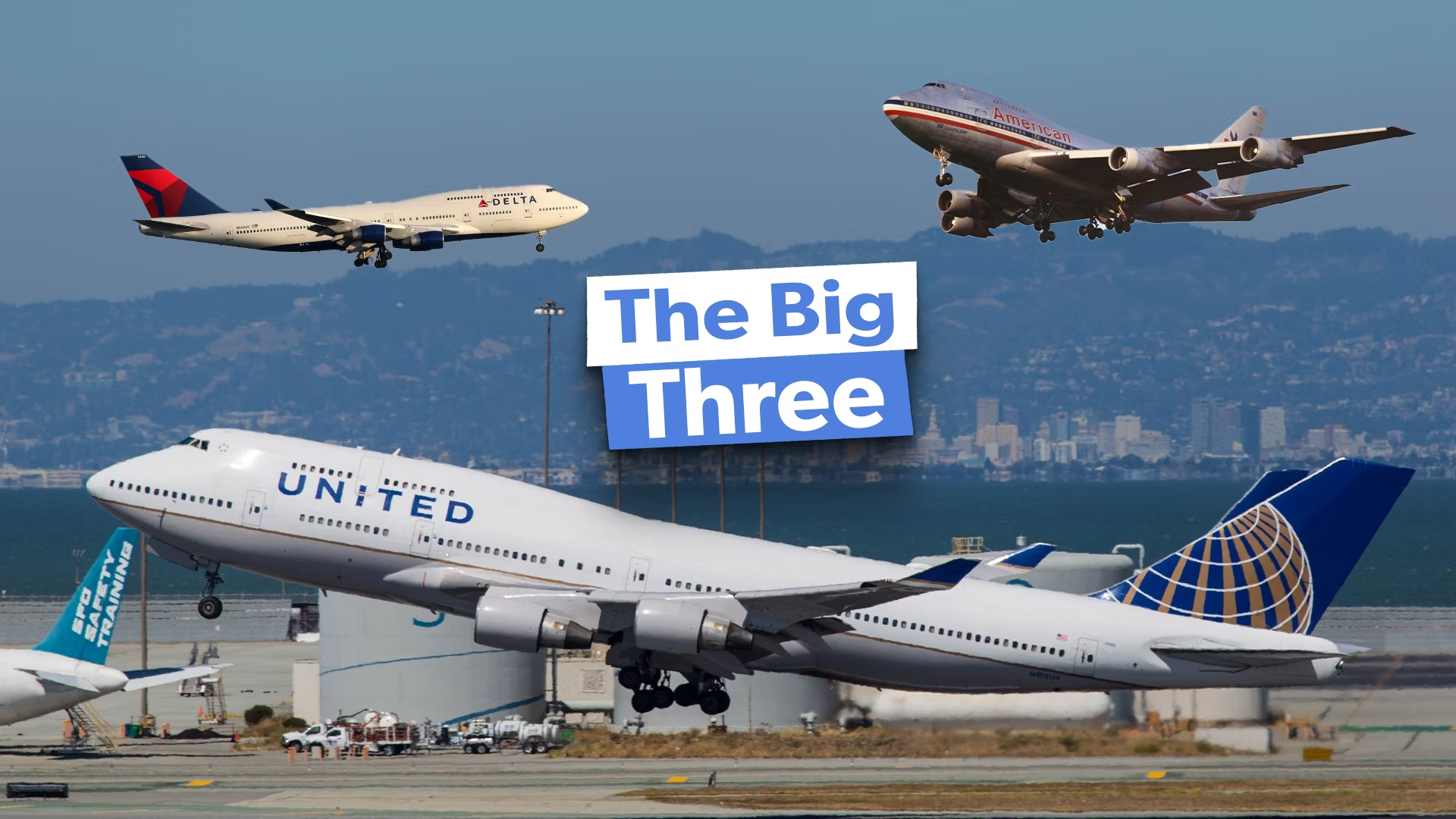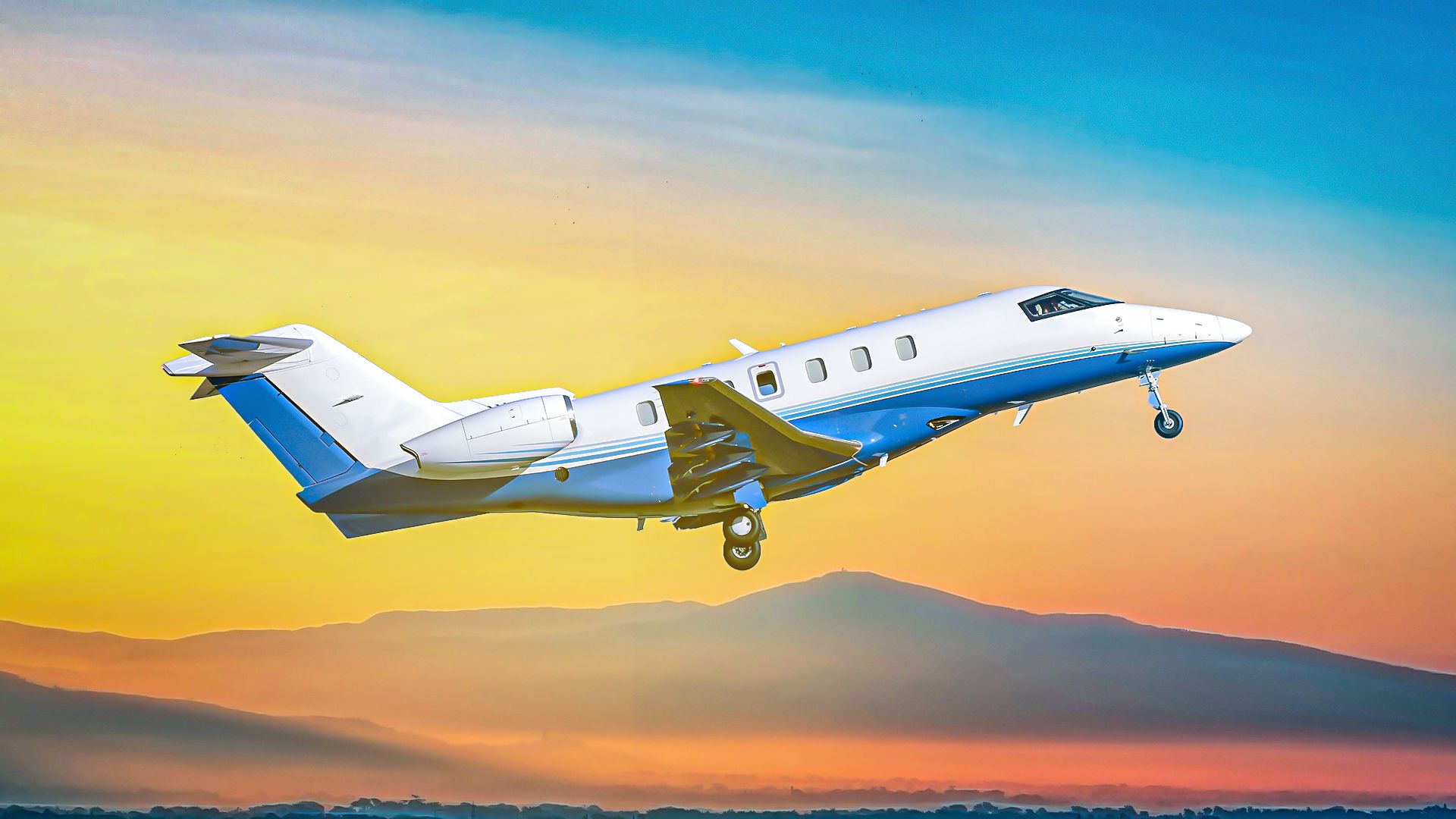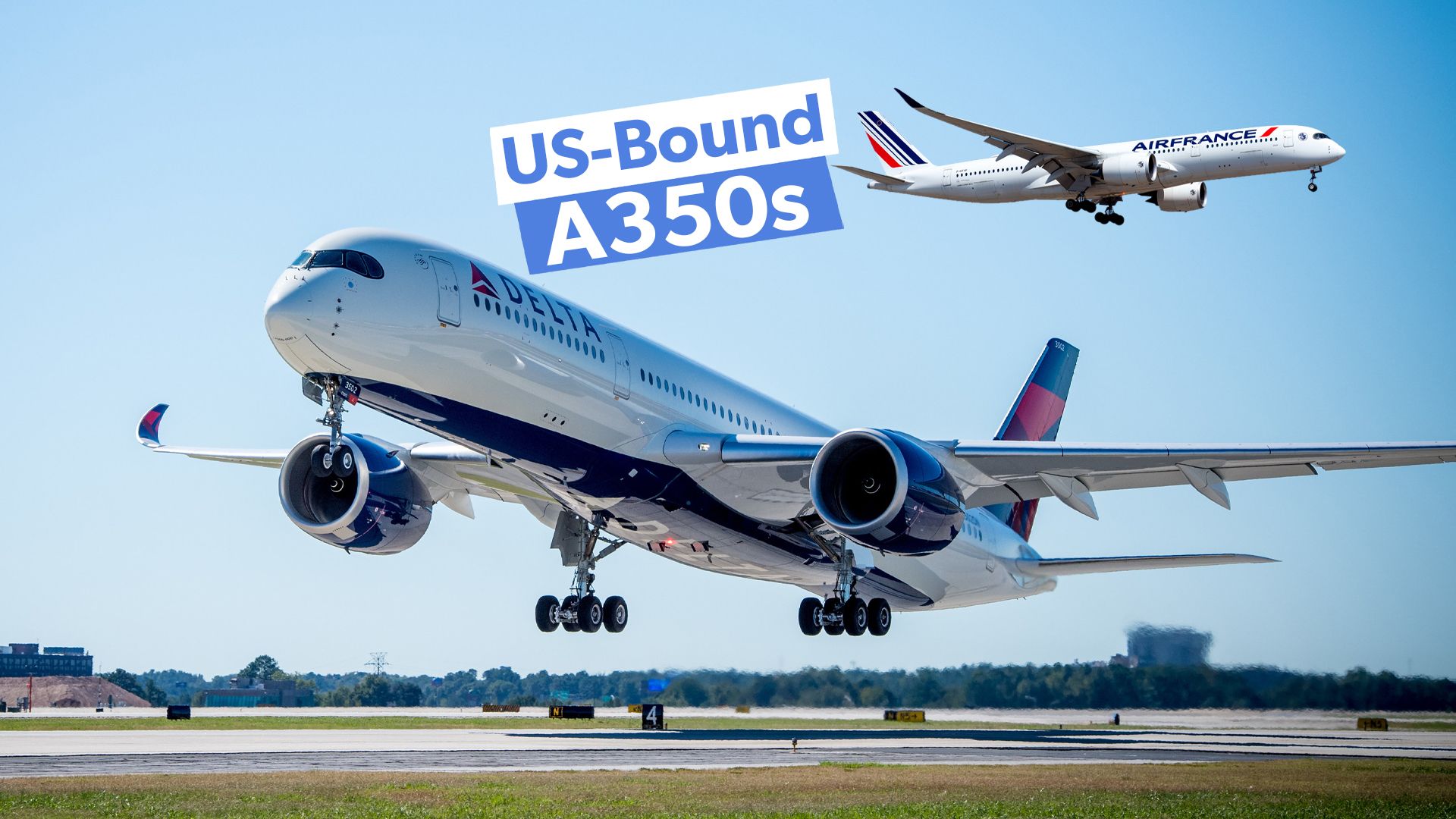Summary
- B-17 was crucial in the European Theater; US’ third most-produced bomber.
- B-24 flew faster, higher, farther, with longer range than B-17.
- B-24 Liberator had capacity for longer missions, used in historic raid on Ploesti.
The Boeing B-17 Flying Fortress and the Consolidated B-24 Liberator were two of World War II’s top US heavy bombers. They are easily counted among the top bombers of World War II and played large roles in determining the cause of the war. The United States produced far more military aircraft in WWII than any other power. Not only that, but the US also placed more emphasis on producing far more bombers and other more expensive and complicated aircraft than any other nation.
B-17 & B-24: America’s principal strategic Nazi Germany bombers
The B-17 was mostly used in the European Theater of Operations (its successor, the B-29 Superfortress, was mostly used in the Pacific). In Europe, the B-17 worked with the RAF in the strategic bombing campaign of Nazi-occupied Europe. By the time the war was over, it had dropped around 42.6% of the 1.5 million tons of bombs dropped on Nazi Germany (the B-24 was also a mainstay of the campaign). It was the third most-produced bomber in history (behind the B-24 and the German Ju 88). For its day, it was a relatively fast and high-flying bomber.
|
B-17 Superfortress |
B-24 Liberator |
|
|---|---|---|
|
Date produced: |
1936-1945 |
1940-1945 |
|
Number produced: |
12,726 |
Approx. 18,500 |
|
Note on production: |
only 155 produced Jan-1937 to Nov 1941 |
8,685 built by Ford Motor Company |
|
Rank: |
3rd most produced bomber in history |
1st most produced bomber in history |
Some 8,685 of the approximately 18,500 Liberators were built by Ford Motor Company. In addition to being a heavy bomber, the B-17 Superfortress was used as a transport, antisubmarine aircraft, drone controller, and search-and-rescue aircraft. The B-17 was used in every theater, including the Pacific, and as long-range antisubmarine patrols to close the Mid-Atlantic gap.
Photo: Ivan Cholakov l Shutterstock
It’s worth noting that just being the most produced aircraft doesn’t mean it was the most expensive enterprise that consumed the most wartime resources. At $3 billion, the B-29 Stratofortress was the most expensive project of the war (much more than the Manhattan Project at $1.9 billion), and yet less than 4,000 B-29s were produced.
The Flying Fortress, an actual aerial fortress
It seems that the B-17 Superfortress lived up to its name and was regarded as a survivable and rugged aircraft. In comparison to the B-24, the B-17 Liberator was considered less robust and more difficult to fly. However, whereas the aircrew typically preferred the Superfortress, the General Staff favored the Liberator.
“The Boeing B-17 Flying Fortress dropped more bombs than any other US aircraft in the Second World War…The B-17 was known as a hardy, reliable aircraft…” – Imperial War Museum
Photo: National Archives
The Air Mobility Command Museum says of the Flying Fortress, “One of the most well-known bombers of all time, the B-17 Flying Fortress became famous for the long daylight bombing raids over Europe in WWII. While it lacked the range and bomb load of its contemporary B-24 Liberator, the B-17 became the more famous of the two due to the many tales of B-17s bringing their crews back home despite heavy damage.”
By contrast, the B-24 Liberator garnered a bad reputation and became known as the Flying Coffin. One of its design flaws was that the emergency exit was a single exit point at the end of the aircraft that was difficult for the crew to get to in an emergency.
|
B-17 Superfortress |
B-24 Liberator |
|
|---|---|---|
|
Armament: |
13 .50-cal. machine guns; normal bomb load of 6,000 lbs |
10 .50-cal. machine guns and 8,000 lbs. of bombs |
|
Engines: |
Four Wright Cyclone R-1820s of 1,200 hp each |
Four Pratt & Whitney R-1830s of 1,200 hp each |
|
Cruise speed: |
170 mph |
175 mph |
|
Range: |
1,850 miles |
2,850 miles |
|
Weight: |
55,000 lbs. loaded |
56,000 lbs. loaded |
|
Ceiling: |
35,000 feet |
28,000 feet |
B-24 Liberator – better suited for long-range
In many ways, the two heavy bombers were similar to each other, but the B-24 Liberator had the advantage of having a much longer range than its B-17 Superfortress counterpart. As a newer aircraft, Liberators flew faster, higher, and farther than the older B-17, thanks to greater fuel capacity and an innovative low-drag wing design.
Photo: Ivan Cholakov | Shutterstock
|
B-17 Superfortress |
B-24 Liberator |
|
|---|---|---|
|
Number lost: |
Approx. 6,000 (all causes) |
4,734 (in combat missions) |
|
Number surviving: |
13 complete examples |
approx. 45 complete examples |
|
Number surviving in US: |
8 |
38 |
|
Number airworthy: |
2 |
9 |
Boeing states, “Because of its great range, it [the Liberator] was particularly suited for such missions as the famous raid from North Africa against the oil industry at Ploesti, Rumania, on Aug. 1, 1943. This feature also made the airplane suitable for long over-water missions in the Pacific Theater.”
Photo: Ivan Cholakov | Shutterstock
Compared to the European theater, the Pacific Theater’s distances were truly vast. Whereas the Liberator had a range of 2,850 miles, the Superfortress had a range of 1,850 miles. The Liberator’s extra 1,000 miles of range gave it a massive advantage in the Pacific War over the Superfortress (although by the end of the war, it was supplanted by the longer-ranged B-29 Stratofortress). The Liberator was also used in the Atlantic and European theaters for missions that required a longer range.

